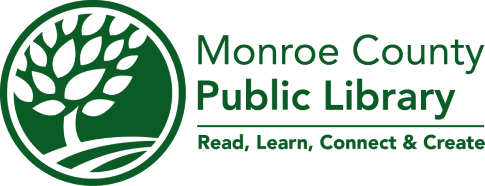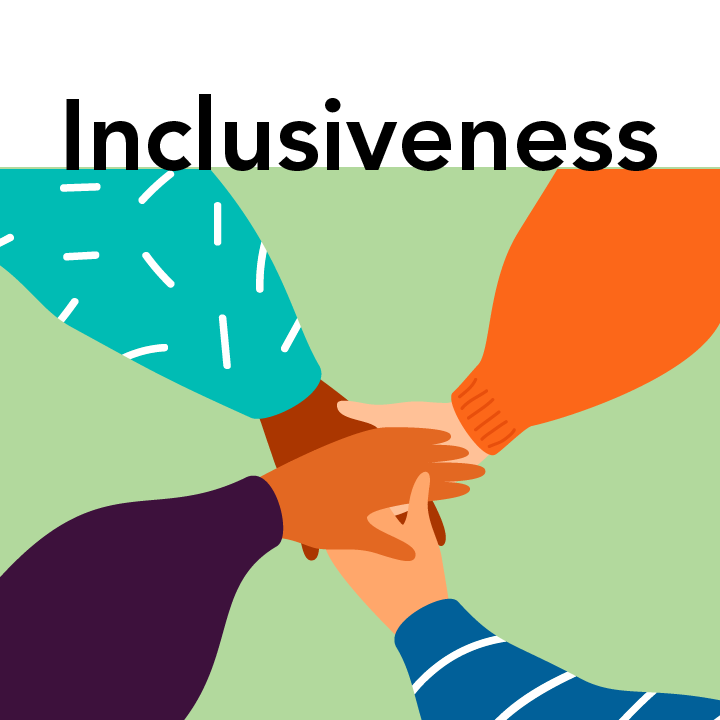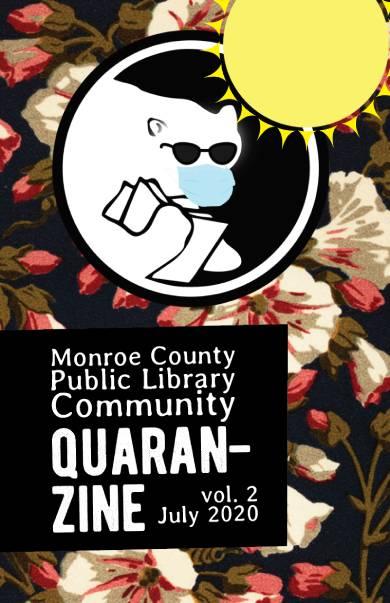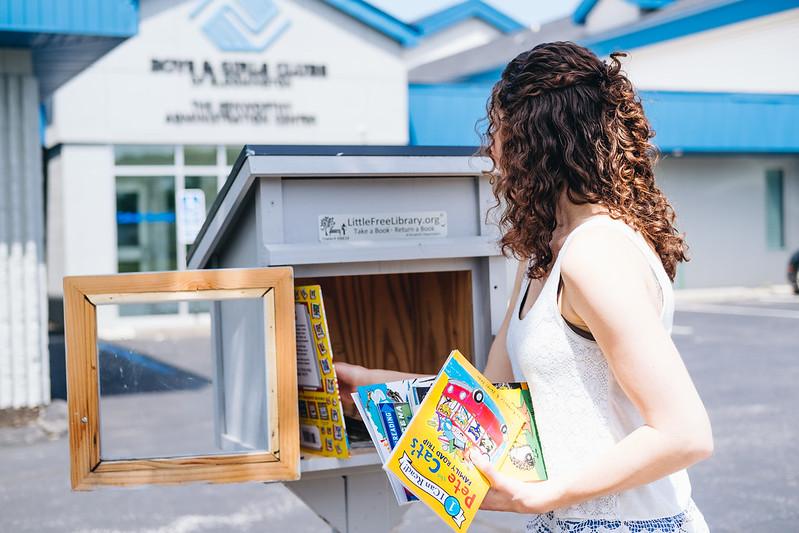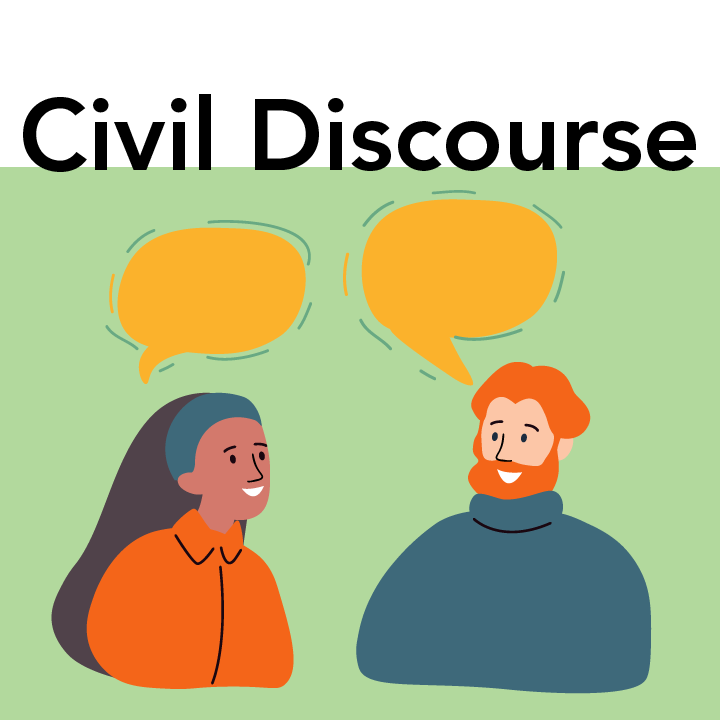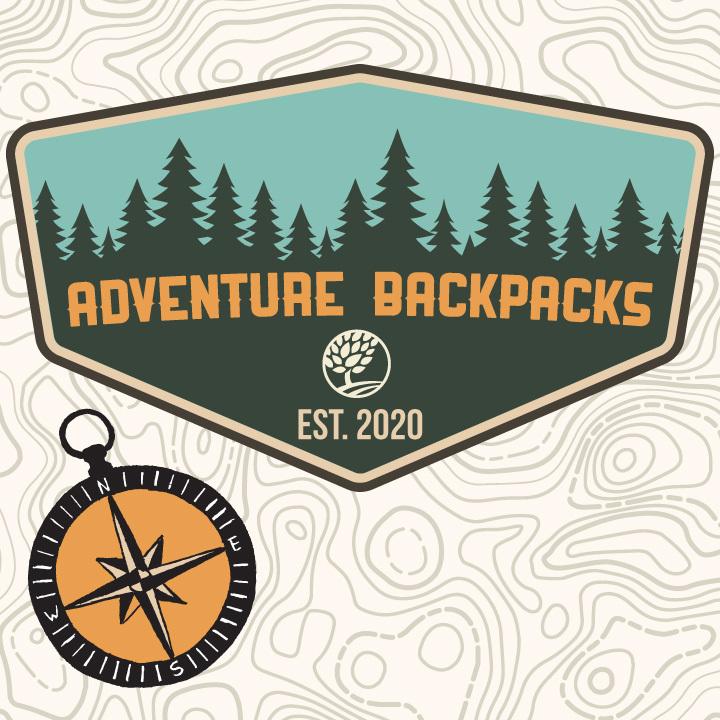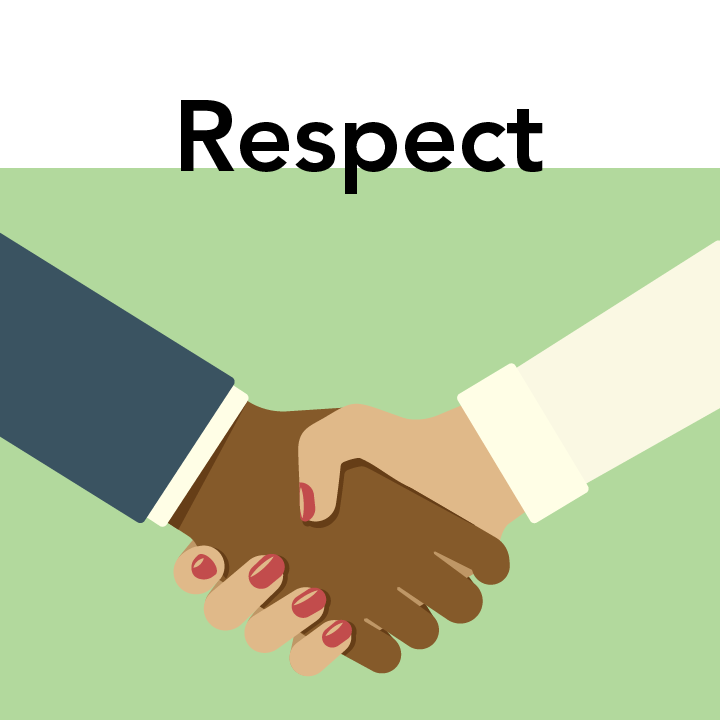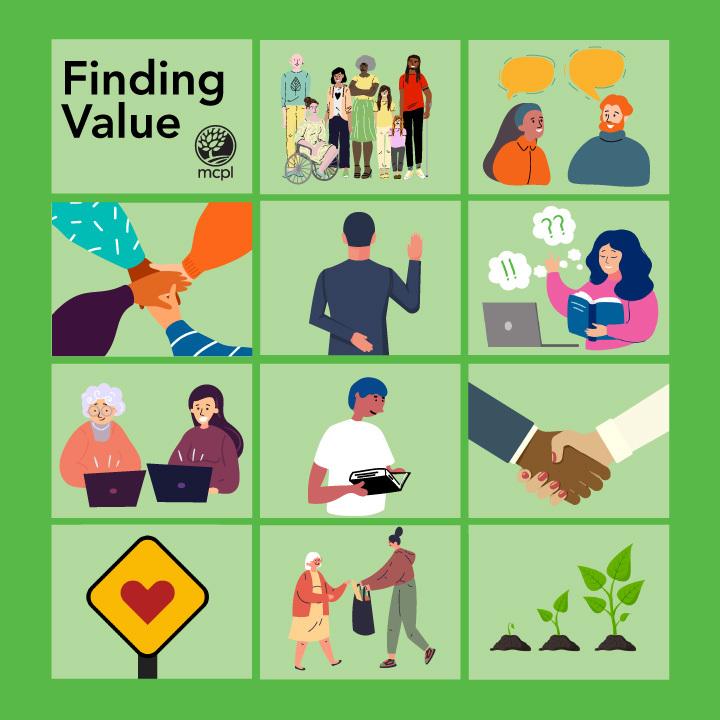Staff Picks: What We Do In the Shadows
Reviewed by Cassie R., Materials Handler
What We Do In the Shadows is also available to stream on Kanopy.
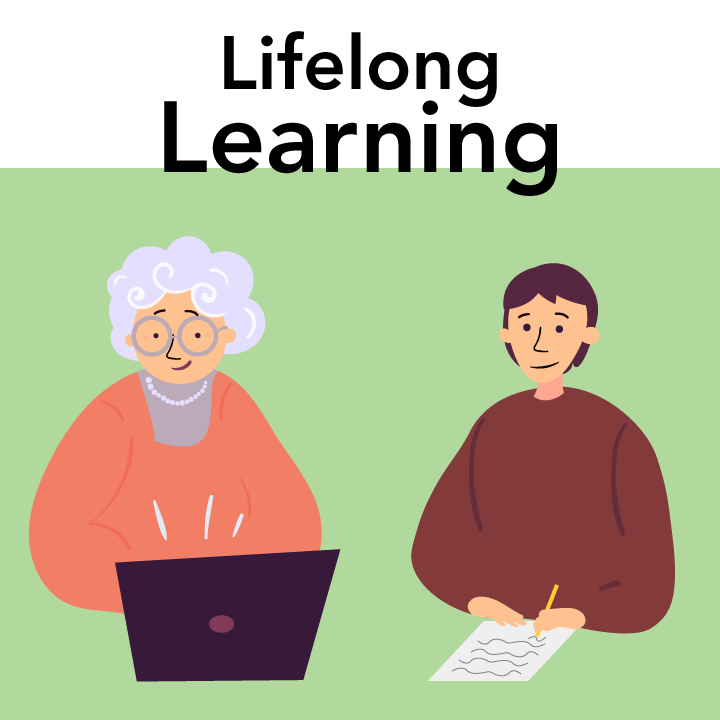
As the world is slow to open around us, or at least as I am slow to rejoin it, I have been consuming much more media at much larger quantities than I normally would–I’m assuming you all are too. That being said, I didn’t hesitate to dive head-first into Hulu’s two new seasons of What We Do In the Shadow. I finished the 20-or-so-episodes in less than a weekend and fell in love with the eccentric vampire home of Lazlo, Nadja, Nandor, his familiar Guillermo, and oddly enough even Colin Robinson. It wasn’t until I was up-to-date with the new TV-series and went into work to dish about the hilarious almost situational satire with my co-workers that they enlightened me that the tv-series was inspired by the original 2014 movie. Working from home for some weeks, and still taking in any new movie recommendations, I checked Kanopy to see if I could rent the movie for free instead of paying $3.99 on Amazon. Sure enough, it is, free to anyone with a library card!
I was nervous before watching the movie that I was going to be let down in comparison to the adaptation and the characters I had grown to love– but it was like being immersed in a parallel universe with them, and I thoroughly enjoyed every minute of it. I love how directors and media in general have the capability to tell stories and characters so closely intertwined, almost calling on the other, but somehow still managing to make them so distinct and unique that they can and do stand alone. The catchy theme song transcends through both (which I appreciate). The main vampire characters in the movie go by Vladislav, Viago, Deacon, his familiar Jackie, and Petyr. The way the characters interact makes you feel like you’re watching a modernized period-piece mockery of Full House or FRIENDS. Petyr, the vampire who lives in the basement, is so shockingly funny – half the movie was spent with my jaw hung open in disbelief because of his character, and he never even speaks. Everything from the clothing, to the thick accents, to the everyday roommate arguments over chore-chart responsibilities is perfect and combines just enough reality to grasp at when slapped in the face with other absurdities.
This is review is part of the Finding Value series, inspired by the eleven core values central to the Library's mission. Tune in as Library staff review books and movies that highlight the values accessibility, civil discourse, inclusiveness, integrity, intellectual freedom, lifelong learning, literacy, respect, safety, service, and stewardship.
